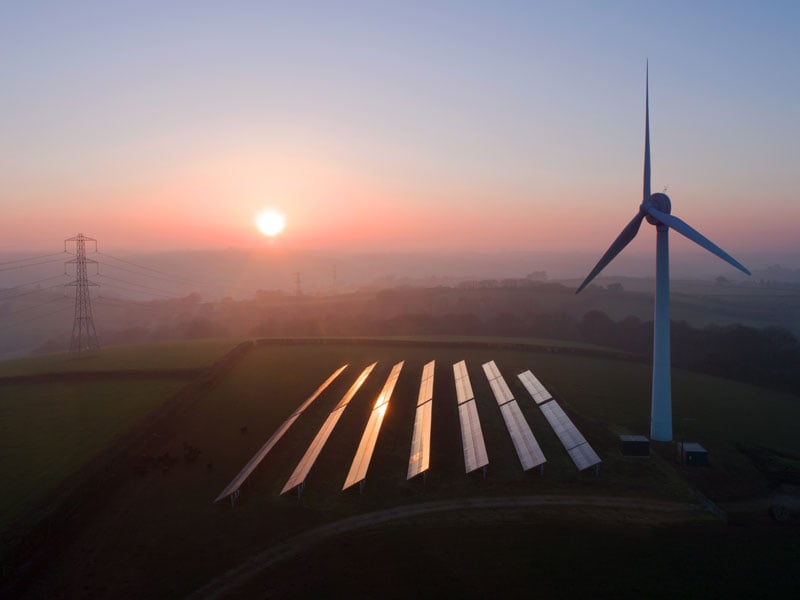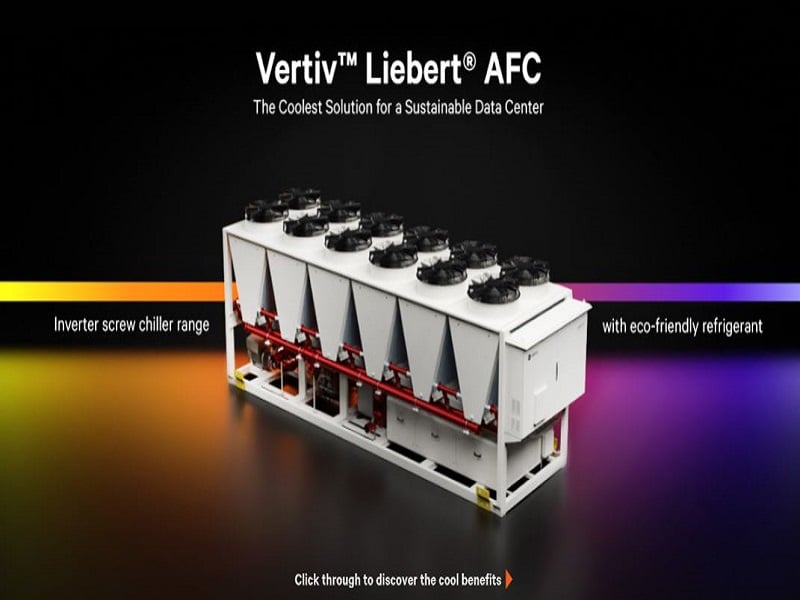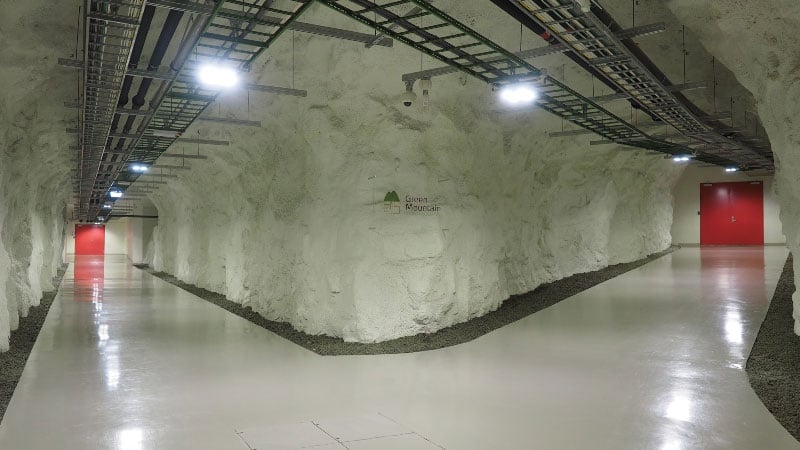Summer is traditionally a time for holidays (or this year, perhaps staycations), enjoying the sun and catching up with family and friends.
In recent years, however, in some parts of the world, an increase in extreme weather has created an unwelcome new side to summer.
This summer, parts of the world, including the United States, Canada and areas of the UK, have experienced extreme heat, while in Germany, in July, the worst flooding was recorded in decades.
Experts say that extreme weather will increase with climate change. To mitigate climate change, everyone, including data centres, must play their part in reducing carbon emissions.
For data centres, this will mean doing more with less. They must provide more computing power to meet growing demand from consumers and businesses, while using less energy and reducing their carbon footprint.
Feeling the Heat: Environmental Regulations and Data Centres
How can data centres, which are getting bigger and more widespread, meet new environmental regulations without sacrificing performance? How can they scale with confidence to support a wave of new, computing-intensive technologies such as artificial intelligence (AI), virtual reality and 5G? The move to fifth-generation mobile networks will likely increase total network energy consumption by 150-170 percent by 2026.
Much will depend on using more energy efficient cooling technologies. Around the world, governments have begun to ban or restrict the use of refrigerants that produce a lot of carbon emissions (or “high global warming potential, “GWP” in industry jargon), such as fluorinated hydrocarbons (HFCs).
In Europe, for example, a European Union regulation (517/2014) aims to phase out the use of certain greenhouse gases used in refrigerants. China and the United States have introduced similar regulations.
Progress to a more sustainable digital infrastructure will be easier if the industry can agree on standards for energy efficiency. The European Union code for energy efficiency in data centres, could help to support advances in cooling technology sustainability.
Voluntary industry initiatives − such as the "Climate Neutral Data Centre Pact” in Europe between cloud infrastructure providers and data centre operators, which agreed to make European data centres climate neutral by 2030 − are another encouraging development.
A Cool Partnership
Some data centre providers, such as Norway’s Green Mountain, are also leading the way. Green Mountain – a former high-security NATO ammunition storage facility turned data centre located deep inside Norwegian mountains, runs entirely on hydropower.
The unique location offers a great advantage in leveraging renewable energy sources, and minimising cooling equipment for close-to-zero CO2 operations. However, like all data centres, it requires thermal management systems to maintain optimal uptime.
Recently, Green Mountain became even more energy efficient by upgrading its power and thermal management technologies in partnership with Vertiv.
After extensive research, Green Mountain executives visited the Vertiv Customer Experience Centres in Italy to see Vertiv technologies in action and test performances in peak conditions. As a result, Green Mountain chose Vertiv™ Liebert® PCW chilled water perimeter units, for a total installed cooling capacity of 5 MW. Liebert PCW provides high energy efficiency standards thanks to a combination of latest technologies and an internal design which optimises the aerodynamics of internal components. For example, optimized internal coil and part designs deliver up to 10% reduction in the internal air pressure drop that translates in reduced unit power consumption.
According to the International Renewable Energy Agency (IRENA) [1], [2], [3], data centres play a pivotal role being at the epicentre of technological innovation, energy efficiency, renewables, and the data economy enabled by digitalisation. Data centre operators like Green Mountain can be taken as a role model to accelerate the sustainable energy transition and pave a path that other power-hungry industries could follow.
Vertiv’s Latest Cooling Innovation
Vertiv recently released the latest Vertiv™ Liebert® AFC, an innovative chiller range with inverter screw technology and low-GWP refrigerant. The product uses less energy, with a new HFO refrigerant that typically produces a thousand times less carbon emissions than traditional refrigerants. The chiller is installed outside data centres, typically on organisations’ rooftops, or perimeter of the building.
The product has multiple versions, meaning that it can adapt to varying climates (chiller, freecooling, glycol-free freecooling technologies), and can operate in a wide range of temperatures – from -25 degrees Celsius to +56 degrees Celsius.
Other benefits include the possibility of using pure water inside the data centre, which lowers the risk of environmental pollution, and grants lower installation costs and optimised freecooling coils (25% larger coils to maximise heat exchange using external ambient air as the main source of cooling), granting increased freecooling capacity and more freecooling hours, resulting in better seasonal energy efficiency and reduced operating costs.
Another plus is its size. Liebert AFC is up to 15% more compact than the industry standard, meaning that it’s easier to fit in tight spaces. Its low noise and quiet configurations, that minimise noise pollution for urban and residential areas, are well suited to the different critical infrastructures’ needs, making it an extremely versatile and highly configurable product. Moreover, the Liebert AFC uses computer algorithms to control the supply of water and temperature, and optimise unit energy efficiency, granting savings of up to 20% in annual energy consumption compared to a traditional solution.
The Cooling Market Heats Up
Improving the environmental performance of data centres will help governments meet ambitious targets for becoming carbon neutral by 2050 or earlier.
For example, in July, the European Union (EU) announced climate change proposals aimed at pushing it towards its goal of becoming carbon neutral by 2050. They include plans to tax jet fuel and effectively ban the sale of petrol and diesel-powered cars within 20 years.
The EU is also reviewing regulations for greenhouse gases that are widely used to cool data centres. The current “F-gas regulation” − short for ‘fluorinated gases’, a family of man-made gases used in a range of industrial applications − has applied since 2015.
The regulation limits the total amount of the most important F-gases that can be sold in the EU from 2015 onwards, reducing them gradually to one-fifth of 2014 sales by 2030. Given that climate-friendly alternatives are available for many of the products and equipment in which F-gases are commonly used, including in data centres, this ambitious reduction is achievable at a relatively low cost.
Cooling technology has often been the unsung hero of data centres and our digital infrastructure. Now, as data centres face growing pressure to shrink their carbon footprint while providing more computing power, the technology is getting more attention. Vertiv is working to address the world’s significant demand for data and critical digital infrastructure that supports it, and, at the same time, mitigate the environmental impacts from such infrastructure.
Read more from Vertiv experts on energy management and other topics in our Eco-Insights Blog Series.










